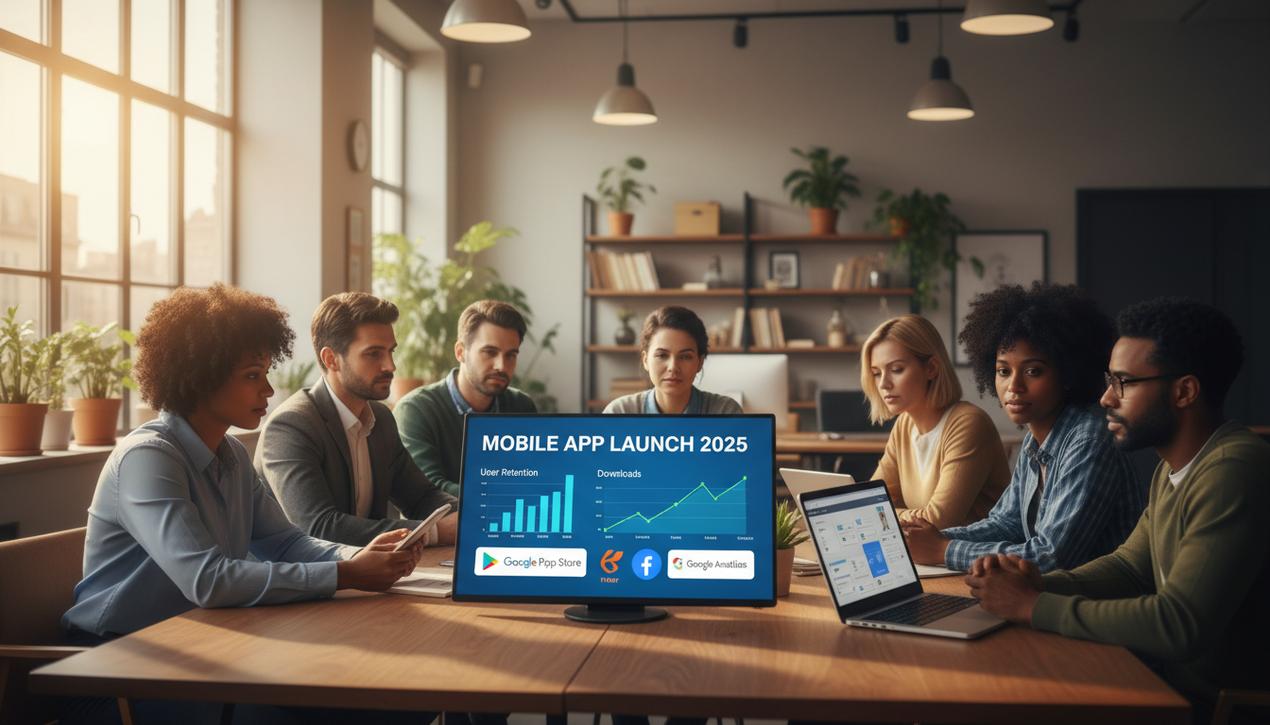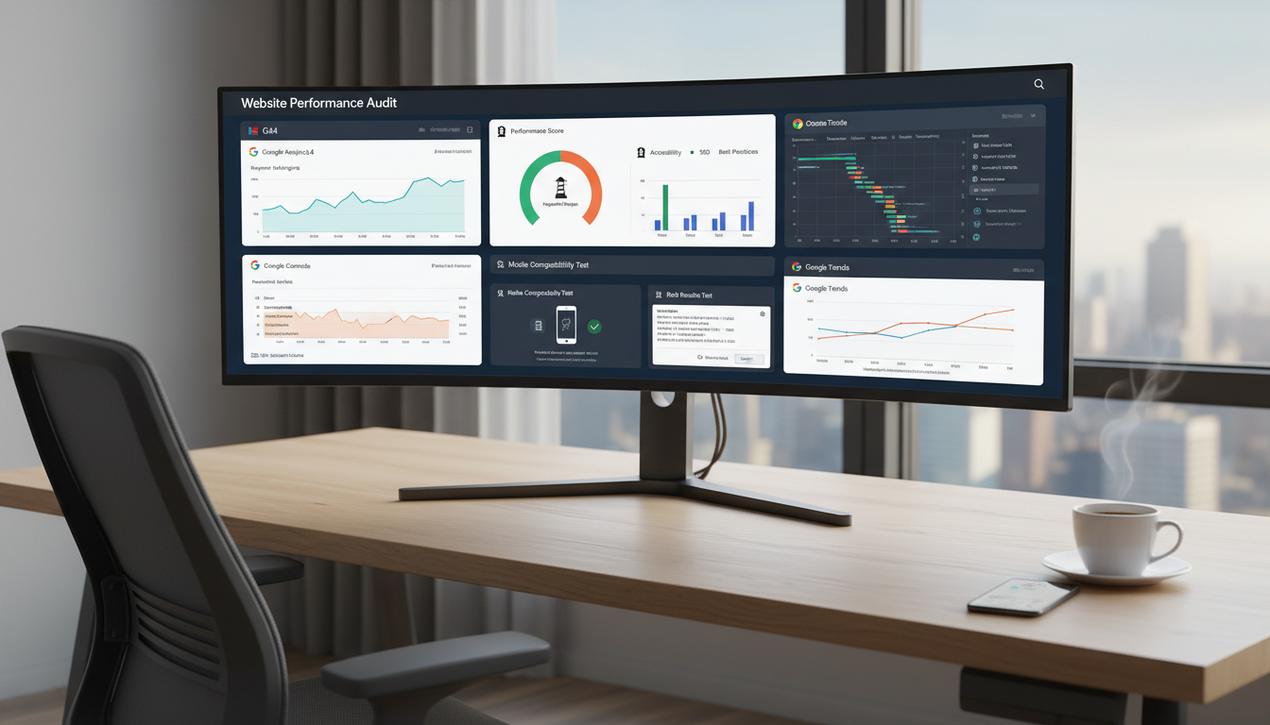PESTEL Analysis: A Complete Guide for 2025 Strategy


In a constantly evolving business world, regularly diagnosing your environment is vital for making informed decisions and ensuring long-term success. While a SWOT analysis is a powerful tool for assessing internal strengths and weaknesses, it’s not enough to map the complexities of the outside world. This is where PESTEL analysis becomes indispensable. In 2025, studies show that over 50% of business failures are linked to unforeseen external factors. The PESTEL framework provides the precise lens needed to anticipate these macro-environmental shifts. It allows you to scan the strategic horizon far beyond your company’s walls, identifying opportunities to seize and threats to neutralize. This comprehensive guide will walk you through how to conduct a relevant PESTEL analysis and effectively integrate it into your strategic decision-making process.
What Is PESTEL Analysis and Why Is It Crucial?
PESTEL is an acronym that stands for the six major categories of external factors that can influence an organization: Political, Economic, Sociocultural, Technological, Environmental, and Legal. This strategic diagnostic tool helps businesses understand the macro-level forces shaping their market. Unlike a simple competitive analysis, the PESTEL model forces you to look up and ahead, focusing on the fundamental trends that will redefine your industry tomorrow.
A Compass in a Volatile Environment
In 2025, the utility of this method is more pronounced than ever. Geopolitical tensions, rapid technological disruptions like generative AI, new consumer expectations regarding corporate social responsibility (CSR), and constantly evolving regulatory frameworks create a climate of profound uncertainty. A rigorous PESTEL analysis transforms this uncertainty into a set of identified risks and opportunities, giving you a solid foundation to build scenarios and develop a resilient strategy. It is the essential first step before defining a business plan, a marketing strategy, or entering a new market.
The 6 Pillars of the PESTEL Framework Explained
To conduct an effective analysis, it is essential to deeply understand each component of the model. This isn’t just about listing facts; it’s about understanding their potential impact on your business operations and strategy.
P – Political Factors
Political factors concern the influence of government decisions and political stability on your market. This includes tax policies, trade regulations, government stability, and industry-specific subsidies. For example, a new government policy providing subsidies for electric vehicles represents a tremendous opportunity for a specialized automaker but a significant threat to a manufacturer of internal combustion engines.
- Government Stability: Upcoming elections or political instability can create market uncertainty.
- Tax Policy: Changes in corporate tax rates or value-added tax (VAT) directly impact profitability.
- International Trade Agreements: The opening or closing of markets due to new tariffs or trade deals can redefine supply chains.
- Innovation and R&D Policies: Government grants or tax credits for research can be a key factor for tech companies.
E – Economic Factors
This dimension analyzes the overall economic health that directly influences consumer purchasing power and the cost of capital for the company. In 2025, factors like persistent inflation and fluctuating interest rates are central concerns. A rise in interest rates makes borrowing more expensive, which can slow down investment and project development. For instance, the global supply chain disruptions seen recently have highlighted economic vulnerabilities for many industries.
- GDP Growth Rate: Indicates the overall market dynamic.
- Inflation and Purchasing Power: Affects demand for non-essential goods and services.
- Unemployment Rates: Influences the availability of talent and wage pressures.
- Exchange Rates: Crucial for businesses that import raw materials or export finished goods.
S – Sociocultural Factors
Sociocultural factors encompass demographic trends, lifestyles, cultural values, and consumer behaviors. The rise of remote work, for example, has created demand for home office equipment but has negatively impacted city-center businesses. Similarly, a growing awareness of wellness and healthy eating is opening up markets for organic and locally-sourced products.
- Demographics: An aging population changes the needs for healthcare and other services.
- Education Levels and Lifestyles: Influences expectations for both products and employers.
- Consumer Trends: The rise of the second-hand economy, veganism, and ethical consumption.
- Attitudes Towards Work: The search for work-life balance and purpose-driven employment.
T – Technological Factors
This component examines the pace of technological innovation, the emergence of new technologies, and their adoption rates. Artificial intelligence, automation, blockchain, and the Internet of Things (IoT) are no longer futuristic concepts but realities transforming entire industries. A recent trend shows a massive 35% year-over-year increase in business adoption of AI tools. Ignoring a major innovation can quickly render your business model obsolete.
- R&D Spending: Indicates the innovative dynamism of a sector.
- New Patents: Reveal upcoming innovations from competitors.
- Rate of Obsolescence: The speed at which current technologies become outdated.
- Automation and AI: Impacts productivity, required job skills, and customer service.
E – Environmental Factors
Now more critical than ever, environmental factors relate to the impact of the environment on the business and vice-versa. This includes environmental regulations, climate change, and consumer expectations for sustainability. Companies are increasingly judged on their ESG (Environmental, Social, and Governance) criteria. A new regulation on packaging recycling can impose significant adaptation costs but can also become a strong marketing point.
- Environmental Protection Laws: Standards on emissions, waste management, and pollution.
- Circular Economy Rules: Incentives for recycling and reusing materials.
- Impact of Climate Change: Risks to supply chains, rising costs of raw materials, and extreme weather events.
- Pressure from Consumers and NGOs: Demand for transparency and “green” products.
L – Legal Factors
Although close to the political dimension, the legal component focuses on the specific regulatory framework governing your industry. This includes labor laws, product safety standards, competition law, and data protection. For example, the GDPR (General Data Protection Regulation) in Europe has forced all companies to thoroughly review how they collect and process personal data, with similar laws emerging worldwide.
- Labor Law: Minimum wage, working hours, workplace safety.
- Safety and Quality Standards: Essential in the food, health, and construction industries.
- Intellectual Property Law: Protection of patents, trademarks, and copyrights.
- Competition and Antitrust Regulations: Laws preventing monopolies and promoting fair competition.
How to Effectively Use PESTEL Analysis
Once you understand the six pillars, the practical application involves three key steps.
- Information Gathering (Brainstorming & Research): For each factor, list all relevant elements for your market. Use reliable sources: government reports, market research studies, economic journals, and industry publications.
- Impact Identification: For each item listed, classify its impact. Is it an Opportunity (a trend that could foster your growth) or a Threat (a factor that could harm your business)?
- Prioritization: Not all factors are created equal. Assess their importance based on their likelihood of occurring and the potential magnitude of their impact on your company. Focus on the 5 to 10 most critical elements.
This structured analysis fuels your strategic thinking. For example, if you identify a strong sociocultural trend towards local consumption (opportunity) and a new law on product origin labeling (legal factor), a winning strategy could be to develop a new line of locally-sourced products.
Integrating PESTEL with SWOT for a 360° Strategy
A PESTEL analysis is not an end in itself. Its true power is unleashed when combined with a SWOT analysis (Strengths, Weaknesses, Opportunities, Threats). In fact, PESTEL is the perfect tool to inform the latter two components of SWOT.
- The Opportunities in your SWOT are the positive outcomes of your PESTEL analysis.
- The Threats in your SWOT are the negative outcomes of your PESTEL analysis.
This combination creates a complete strategic picture: you understand not only your external environment (PESTEL) but also your internal capacity to respond to it (Strengths and Weaknesses). A company whose strength is agile R&D (SWOT) will be better positioned to seize a technological opportunity identified in its PESTEL analysis.
Mastering PESTEL analysis equips you with a strategic radar to navigate a a complex environment. By updating it regularly, you stop reacting to changes and start anticipating them. This tool doesn’t provide ready-made answers, but it does ask the right questions and structures your thinking. It forces you to look beyond daily urgencies to build a long-term vision, transforming the uncertainties of the macro-environment into a sustainable competitive advantage for your company.




